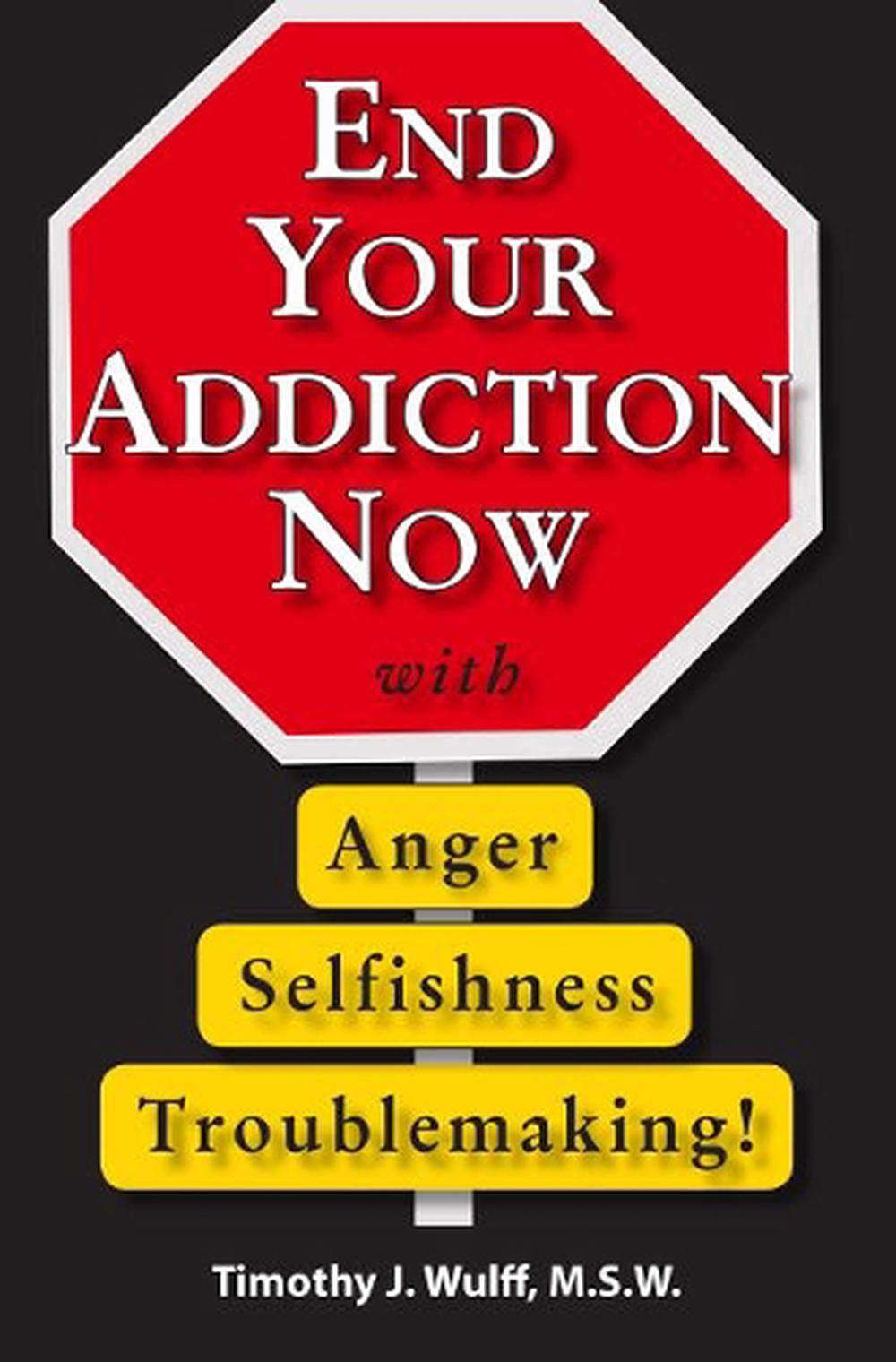



This is a critical stage for family members and treatment facilities because the person is more likely to listen to reason. However, they are also still acutely aware of the benefits they perceive from alcohol or drug addiction. Unlike the previous stage, they’re aware of the pros of becoming drug-free. This means the person is ready to bring about change in the future, but not immediately. The next phase is characterized by contemplative readiness. The truth is that anyone can recover from any stage. Most individuals in precontemplation feel that recovery simply isn’t possible for them. Another reason we regularly see people get stuck in the precontemplation stage is disappointment with multiple failed attempts at recovery and treatment options. Someone might remain in this stage due to a lack of information about addictive behaviors. There’s a clear lack of insight into the negative impact of excessive drug or alcohol use and a strong focus on the positive effects they experience from using their drug of choice. This phase is characterized by defensiveness and endless justification of their behavior. People who are in the first stage of addiction recovery aren’t yet ready for any addiction treatment program.

Read on to find out more about the various stages. The five stages of addiction recovery are precontemplation, contemplation, preparation, action and maintenance. Insight is a powerful tool for change because it makes it easier to be mindful of decisions you’re making in the moment. It can also be helpful for the addicted person themselves to gain self-understanding using this model. Plus, there are certain principles that counselors and therapists on rehab programs can use to guide clients through the recovery process. Of course, some people sail quickly through the stages, in perfect order. The stages of addiction recovery aren’t necessarily linear, and people don’t stay in them for a set amount of time. By studying various mental health and substance use disorder treatment plans, Prochaska, DiClemente and Norcross noted patterns that occur as people progress through a major behavioral shift. It was then updated in 1992, when it started being used in clinical settings for a variety of behaviors. Prochaska, DiClemente and Norcross created the stages of change or transtheoretical model in 1983 to help people quit smoking. It’s an integrated theory that’s compatible with most evidence-based and holistic treatments, like the 12-step program and behavior therapy. Each stage clearly describes the process of recognizing and admitting the problem, preparing for addiction treatment, and dealing with life after treatment of alcohol and drug abuse. Understanding the five stages of addiction recovery can be useful for addicted people and their family members. Anyone can overcome addiction with the help and guidance of a substance abuse treatment program. Even though the impact is devastating, there is a light at the end of the tunnel. Alcohol and drug abuse can tear families apart and transform loving and successful individuals into desperate, lonely husks of their former selves.


 0 kommentar(er)
0 kommentar(er)
